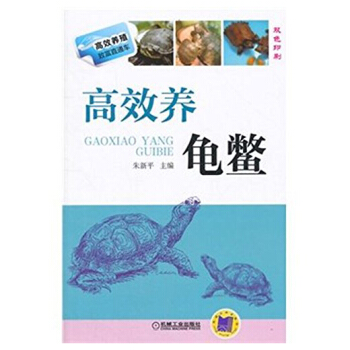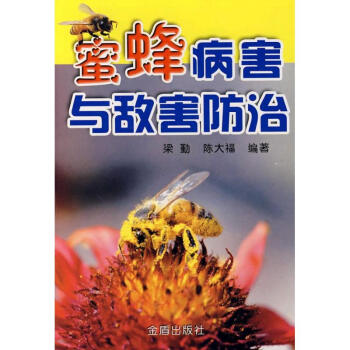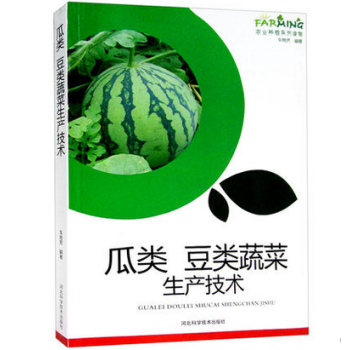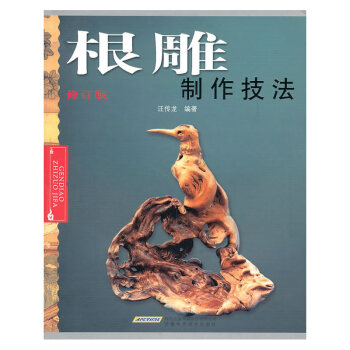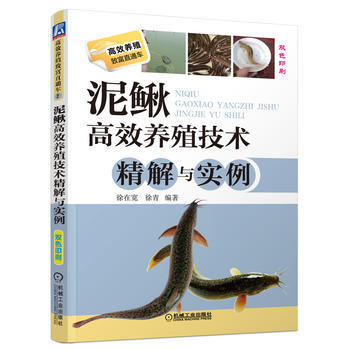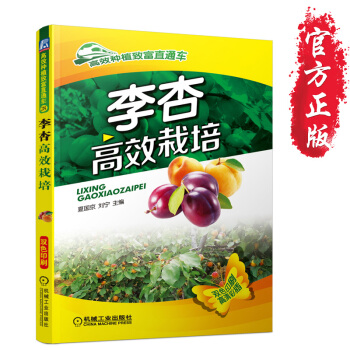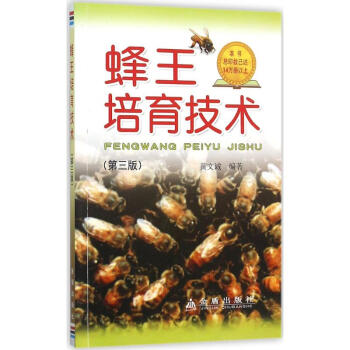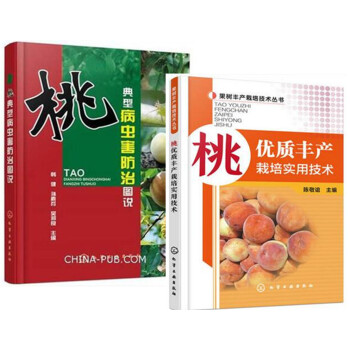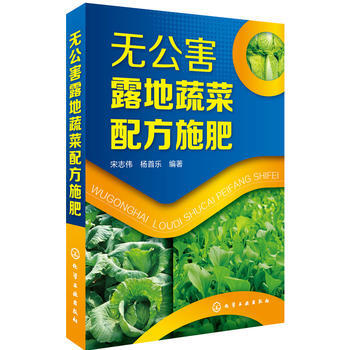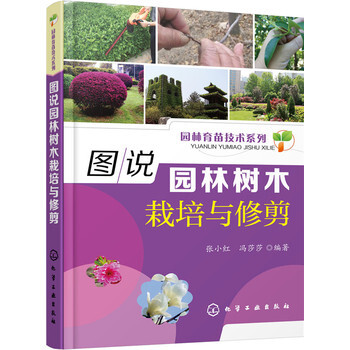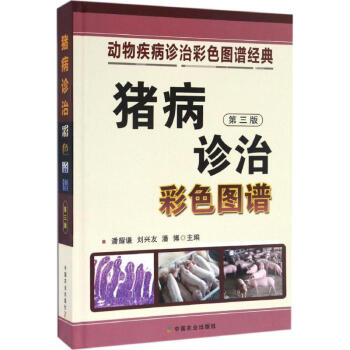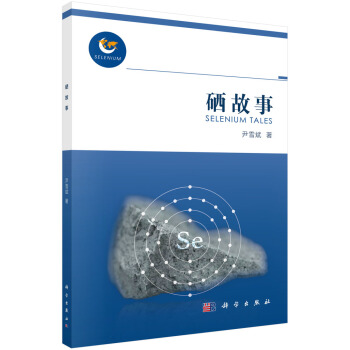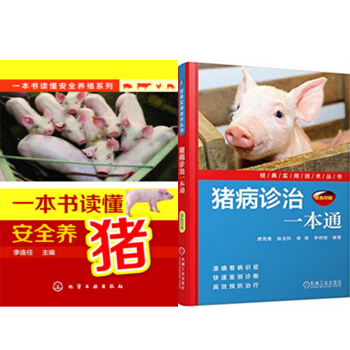具体描述
商品參數
| 高效養龜鱉 |
| | 定價 | 19.80 |
| 齣版社 | 機械工業齣版社 |
| 版次 | 1 |
| 齣版時間 | 2014年07月 |
| 開本 | 32開 |
| 作者 | 硃新平 主編 |
| 裝幀 | 平裝 |
| 頁數 | 165 |
| 字數 | 151000 |
| ISBN編碼 | 9787111467182 |
內容介紹
硃新平主編的《高效養龜鱉(雙色印刷)》從龜鱉的分類與分布、市場經濟價值等基本常識入手,以介紹龜鱉養殖技術為主綫,結閤養殖工作者的成功經驗,較詳盡地介紹瞭烏龜、黃喉擬水龜、三綫閉殼龜、小鰐龜、中華花龜、黃緣盒龜、中華鱉、山瑞鱉和珍珠鱉的養殖技術。全書共十章,分彆為概述、龜鱉的營養需求與飼料、龜鱉的繁殖、龜鱉幼體的培育、龜鱉成體的養殖、龜的養殖技術、鱉的養殖技術、龜鱉的運輸、龜鱉病害的診斷與防治、藥物使用。
本書可作為從事龜鱉養殖行業人員的學習用書,也可作為龜鱉愛好者的研究、參考資料。
關聯推薦
目錄
序
前言
第一章 概述
第一節 龜鱉的分類與分布
一、世界龜鱉動物的分類與分布
二、中國龜鱉動物的分類與分布
第二節 龜鱉的形態特徵
一、龜鱉的外部形態
二、龜鱉的內部結構
第三節 龜鱉的市場經濟價值
一、食用價值
二、藥用價值
三、觀賞價值
第四節 龜鱉的養殖現狀
一、龜鱉的主要養殖品種
二、龜鱉的主要養殖模式
三、龜鱉養殖業存在的問題
第五節 發展龜鱉産業應注意的問題
第二章 龜鱉的營養需與飼料
第一節 龜鱉的營養需求
一、蛋白質
二、脂肪
三、碳水化閤物
四、礦物質
五、維生素
第二節 龜鱉的飼料種類
一、天然飼料
二、人工配閤飼料
三、人工配閤飼料的優勢
技巧一 降低龜鱉飼料成本的方法
第三章 龜鱉的繁殖
第一節 龜鱉的繁殖行為
第二節 龜鱉的胚胎發育
第三節 繁殖場的場地選擇與建設
……
第四章 龜鱉幼體的培育
第五章 龜鱉成體的養殖
第六章 龜的養殖技術
第七章 鱉的養殖技術
第八章 龜鱉的運輸
第九章 龜鱉病害的診斷與防治
第十章 藥物使用
附錄
《 aquatic husbandry: a comprehensive guide to healthy farming of turtles and tortoises》 The world of aquatic husbandry is vast and fascinating, with turtles and tortoises holding a special place in the hearts of many. Their longevity, unique life cycles, and diverse species have captivated humans for centuries, leading to a growing interest in their care and breeding. This comprehensive guide, 《aquatic husbandry: a comprehensive guide to healthy farming of turtles and tortoises》, delves deep into the intricacies of raising these remarkable reptiles, offering a wealth of knowledge for both novice enthusiasts and seasoned breeders. Chapter 1: Understanding Turtles and Tortoises Before embarking on the journey of raising turtles and tortoises, it's crucial to understand their fundamental biology and behavior. This chapter lays the groundwork by exploring: Taxonomy and Diversity: A detailed overview of the various species of turtles and tortoises, categorizing them based on their habitats, dietary needs, and physical characteristics. From the ancient sea turtles that navigate vast oceans to the terrestrial tortoises that roam arid landscapes, each species presents unique challenges and rewards. Anatomy and Physiology: A thorough examination of their unique anatomical features, including their shells, skeletal structures, respiratory systems, and digestive processes. Understanding these aspects is vital for providing appropriate care and recognizing potential health issues. Behavioral Ecology: An exploration of their natural behaviors, such as hibernation, basking, foraging, and mating rituals. This knowledge allows for the creation of environments that mimic their natural habitats, promoting well-being and reducing stress. Lifespan and Reproduction: Insights into their remarkable lifespans, some exceeding a century, and the complex reproductive cycles that ensure the continuation of their species. This section offers guidance on breeding, egg incubation, and the care of hatchlings. Chapter 2: Creating the Ideal Habitat A well-designed habitat is paramount to the health and happiness of any turtle or tortoise. This chapter provides practical advice on constructing and maintaining suitable environments: Aquatic Habitats: For aquatic species, this section details the requirements for tanks, ponds, and other enclosures. It covers: Water Quality: Emphasizing the importance of filtration, water temperature, and water chemistry. Parameters such as pH, ammonia, nitrite, and nitrate levels are discussed, along with methods for monitoring and maintaining them. Substrate: Exploring the best substrate materials for aquatic environments, considering factors like ease of cleaning, safety, and aesthetic appeal. Basking Areas: The necessity of providing dry basking areas with appropriate heating and UVB lighting to aid in digestion and vitamin D3 synthesis. Decorations and Hiding Places: The role of plants, rocks, and other decor in creating a stimulating and secure environment, offering opportunities for exploration and escape. Terrestrial Habitats: For tortoises, this chapter focuses on creating suitable land-based enclosures, including: Substrate: Discussing a variety of suitable substrates, such as soil, sand, coconut fiber, and leaf litter, considering their moisture retention and burrowing properties. Temperature Gradients: The importance of establishing temperature gradients within the enclosure, allowing the tortoise to thermoregulate by moving between warmer and cooler zones. Humidity Levels: Addressing the specific humidity needs of different tortoise species and methods for maintaining optimal levels through misting, humidifiers, or water dishes. Outdoor Enclosures: Guidance on designing and constructing secure outdoor enclosures that provide access to natural sunlight, fresh air, and a varied landscape. Enclosure Security: Underscoring the critical need for secure enclosures that prevent escape and protect the animals from predators and environmental hazards. Chapter 3: Nutrition and Diet Proper nutrition is the cornerstone of a healthy life for turtles and tortoises. This chapter offers a comprehensive guide to feeding: Dietary Requirements by Species: Detailed information on the specific dietary needs of various turtle and tortoise species, differentiating between herbivores, carnivores, and omnivores. This includes: Leafy Greens and Vegetables: Identifying a wide range of safe and nutritious greens and vegetables, and those to avoid. Fruits: Discussing the appropriate use of fruits as occasional treats, considering their sugar content. Protein Sources: For carnivorous and omnivorous species, this section explores suitable sources of animal protein, such as insects, fish, and commercially prepared foods. Commercial Diets: Evaluating the quality and suitability of commercially available turtle and tortoise foods, and guidelines for their use. Supplementation: The role of calcium and vitamin supplements in preventing metabolic bone disease and ensuring overall health. Recommendations for dosage and frequency are provided. Feeding Schedules and Techniques: Practical advice on establishing appropriate feeding schedules, portion sizes, and techniques for different age groups and species. Hydration: Emphasizing the importance of constant access to fresh, clean water for all species, and appropriate water dish sizes and placements. Chapter 4: Health and Disease Management Preventing and treating health issues is vital for the long-term well-being of your pets. This chapter provides essential information on health management: Common Health Problems: A detailed examination of common ailments affecting turtles and tortoises, including: Shell Rot: Causes, symptoms, and treatment options for shell diseases. Respiratory Infections: Recognizing signs of respiratory distress and effective management strategies. Metabolic Bone Disease (MBD): Understanding the causes, prevention, and treatment of MBD, a common issue related to calcium and vitamin D3 deficiencies. Eye Infections and Abscesses: Diagnosis and treatment of common ocular problems. Parasites: Identification and treatment of internal and external parasites. Preventative Healthcare: Strategies for maintaining a healthy immune system through proper diet, hygiene, and environmental conditions. Recognizing Signs of Illness: A guide to observing your animals for subtle changes in behavior, appetite, or physical appearance that may indicate an underlying health issue. Veterinary Care: The importance of finding a veterinarian experienced in reptile care and knowing when to seek professional help. Quarantine Procedures: Guidelines for quarantining new animals to prevent the introduction of diseases into your existing collection. Chapter 5: Breeding and Reproduction For those interested in breeding turtles and tortoises, this chapter offers in-depth guidance: Sex Determination: Methods for distinguishing between male and female turtles and tortoises, which can vary significantly between species. Courtship and Mating: Understanding the natural courtship behaviors and optimal conditions for successful mating. Gestation and Egg Laying: The signs of impending egg laying and the preparation of suitable nesting sites. Egg Incubation: Detailed instructions on incubating turtle and tortoise eggs, including: Incubation Media: Exploring various incubation substrates and their properties. Temperature and Humidity Control: Maintaining precise incubation temperatures and humidity levels to ensure successful hatching. Candling Eggs: Techniques for checking egg viability. Hatchling Care: Providing specialized care for newly hatched turtles and tortoises, including their initial feeding and environment. Chapter 6: Legal and Ethical Considerations Responsible pet ownership extends beyond just providing for the animal's physical needs. This chapter addresses the legal and ethical aspects of keeping turtles and tortoises: Species Regulations: Awareness of local, national, and international laws regarding the ownership, import, and export of specific turtle and tortoise species. Conservation Status: Understanding the conservation status of different species and the importance of supporting captive breeding programs for endangered animals. Ethical Sourcing: Guidance on acquiring animals from reputable breeders or rescue organizations, avoiding the purchase of illegally wild-caught specimens. Long-Term Commitment: Emphasizing that owning a turtle or tortoise is a significant, long-term commitment, as many species live for decades. Conclusion 《aquatic husbandry: a comprehensive guide to healthy farming of turtles and tortoises》 is an indispensable resource for anyone passionate about these ancient creatures. By providing detailed, practical, and scientifically grounded information, this book empowers individuals to create optimal living conditions, ensure proper nutrition, manage health concerns, and even engage in responsible breeding practices. It is a testament to the joy and fulfillment that comes from understanding and caring for these unique inhabitants of our planet.
